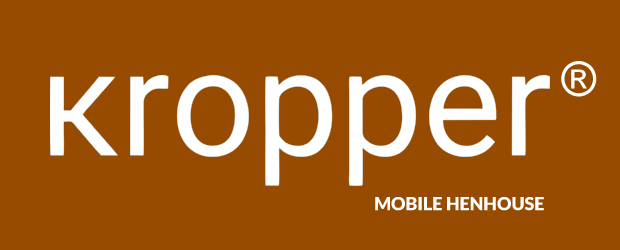Is the end of cage rearing for laying hens in sight in the European Union? What will the coming years hold for breeders?
For several years now, there has been an ongoing debate across Europe that is increasingly affecting the daily lives of poultry farmers. Will the European Union ban the caging of chickens, and if so, when? For many farms, this is no longer just a theoretical question. Changes are approaching and have already come into force in some countries.
In this article, we examine the current legal situation, the direction of the changes, and their impact on egg producers.
It is worth noting that the planned changes were prompted by the Europe-wide citizens’ initiative ‘End the Cage Age’, which was signed by over 1.4 million EU citizens in 2018. In response, in 2021 the European Commission announced that it would draft new regulations prohibiting the use of cages for certain species of animals, including laying hens.
While the final form of these regulations is still subject to consultation, one thing is certain: the EU intends to abolish cage rearing, with the changes potentially coming into force within the next few years.

What is the situation in individual countries?
Although EU regulations are still being drafted, some Member States are taking action independently instead of waiting for common regulations.
- Germany: Cage rearing will be banned from 2026. Some farms that have recently invested in cages complying with EU standards (so-called ‘enriched’ cages with nests, perches, and more space) will be granted a temporary suspension of the ban, but only for a few years at most. This is a protective measure for farmers who need more time to make technical changes to their systems.
- Austria: A ban on new investments in cage systems is already in force, and all existing facilities must be phased out by 2030 at the latest.
- Czech Republic and Slovakia: From 2027, eggs from caged hens will no longer be sold in these countries.
- Netherlands: Although there are no official bans, the retail and processing industries have almost completely withdrawn from selling cage eggs, both directly and in processed products.
Decisions made by the largest market players, such as Germany, impact the entire EU market. This serves as an incentive for consumers and a political signal that other countries must follow suit in order not to fall behind.

However, changes in the law are only one part of the picture. Pressure from consumers and retail chains is also growing, with many already refusing to accept eggs from caged hens. Retail chains, food manufacturers and restaurants are increasingly committing to phasing out eggs from caged hens completely by 2025 or 2030. This means that the market will force this modernisation regardless of the pace of legislative change.
But what are the alternatives to caged hens?
There are several alternative systems that are kinder to the hens, but they also have different technical requirements. Each system has its own characteristics, so it is worth carefully considering which one best suits your business.
- Litter housing: The hens can move freely around the interior of the building and have access to litter, allowing them to engage in natural behaviours such as pecking and scratching.
- Free-range: As well as having space in the henhouse, the hens have access to a fenced-in outdoor area. This allows them to lead a more natural life in the fresh air.
- Bio farming: This is the highest standard, requiring a natural environment, organic feed, and a limited number of chickens to provide the best possible living conditions.

Mobile poultry farming is also becoming increasingly popular. In this system, chickens live in mobile coops that are regularly moved to fresh pasture. This gives the animals constant access to fresh grass and a natural environment, which improves their health, activity levels and general well-being. Rotating locations also promotes soil regeneration, reduces the risk of disease, and eliminates the need for costly disinfectants and investments in fixed infrastructure.
For farmers, this means greater flexibility, lower initial costs, and the chance to farm in a more eco-friendly way. At a time when consumers are becoming more aware of, and demanding more from, ethical animal husbandry and organic food production, mobile poultry farming systems are becoming a symbol of responsible, forward-looking agriculture.

The coming years will undoubtedly be challenging, but they also present an opportunity to transform animal husbandry by combining economic efficiency with animal and environmental protection. Selecting the appropriate system is paramount for achieving optimal production results and maintaining a positive reputation in an increasingly demanding European market. It’s not just about complying with legislation; it’s about taking a step towards a type of animal husbandry where animal welfare and farm profitability go hand in hand.
When introducing new farming systems, you don’t have to do it alone: many countries offer financial support in the form of grants, low-interest loans and advisory services. Staying up to date with current programmes can greatly simplify and speed up the entire process.



